The story of Salome, the femme fatale who danced for the head of John the Baptist, has long been a source of fascination to scholars and artists. When Henry Arango saw a production of Salome at the Metropolitan Opera House in 1965, his first thought was, “Hell, I could be Salome.” In those days, Arango was one of the bright stars of the legendary East Village underground drag nightclub the Club 82 after emigrating from Castro’s Cuba in 1956. Arango performed under the stage name “Adrian” and was always seeking inspiration for production numbers to entertain the highbrow crowds who would descend into the 4th Street lair (now the location of the Bijou Sex Theater) to watch the glamorous, show-stopping female impersonators. When the cast was booked into a show in Florida, Arango went to work on the Salome number and mentioned it to his friend, filmmaker Avery Willard. Willard thought the duo should make it into a film. Thus begat the one and only filmed collaboration between Arango and Willard, Salome and the Dance of the Seven Veils, a 10-minute color film that remained in Arango’s possession, unwatched until many, many years later when drag scholar Joe Jeffreys presented it for an admiring audience at one of his Drag Show Video Verite screenings. Director Ira Sachs and documentarian Cary Kehayan, who are working on In Search of Avery Willard, a documentary about the forgotten gay experimental filmmaker, headed to Arango’s home in Astoria to talk about the film, Arango’s friendship with Willard, and what it was like being a gay man in New York in the ’50s and ’60s.
Ira Sachs & Cary Kehayan: When were you born?
Adrian: I wasn’t born. I was created, because I’m a goddess.
But you left Cuba in ’56, right? How did you get from Cuba to Miami?
I had a friend of mine who actually was gay and who worked at the American Embassy. And I said, “I have to get out of here.” I was working at a nightclub called Montmartre. It was a beautiful penthouse club with a bar and an elevator that opened up into this huge space. But Castro, I think, uh—There were a couple of guys with machine guns and they wanted to kill a couple of people there, and they did, they killed a couple extra people who were there. So they closed the place.
Were you there every night?
There had never been a female impersonator. But they created a whole themed show about Madame du Barry. They made me a huge contraption with a powdered wig and all that. And they had a line of eight boys who actually gave me a hard time because they didn’t want to back-up a drag queen. Though there were no drag queens. They were called “impersonators.” But we did it. The show lasted a week because they killed these guys and then my friend said, “I think it’s time for you to leave.” Already I had an audition at the Club 82. Two friends of mine who were working there got me an audition. I arrived. Got the job. Met Avery Willard in the club—he was one of the customers—and we were friends for many years.
How old were you?
By then I was already 18. Avery came one night and then—and, see, the impersonators were great divas. They didn’t actually try to socialize. They were never really friendly unless they knew that there was money in it, you know. ‘Cause you sit down at the table, you give them all kind of bullshit, and then they give you a tip. So Avery came up, and I thought he was very interested in me, you know, he was kind of handsome. He was tall, kinda hefty with a real, thick Southern accent. So we started talking and he was interested in photographing impersonators. He did mostly leather men or tattoo men or regular entertainers, Broadway people, but he never got into this impersonator field. But I asked some of the guys and they didn’t want pictures taken of them. There was only one, Leslie Marlowe. He wasn’t at 82. He was a friend of mine. Avery took a picture of him.
When you came to New York, at the time you met Avery, what was it like to be a gay man?
You’re always gay, but then it was better. There were gay bars. 42nd was a cruising point, movies, shows. People opened their raincoats and their dicks were hanging out. Avery had a loft where he would screen his films. He would take me to his loft on 13th Street where he would exhibit his films, it was on 13th between 5th Avenue and the next one… It was a loft, first floor. He charged like a dollar to get in on the weekends, like Fridays or Saturdays. We would have wine or coffee and he would show his films there.
Where were you living?
I was living at 109 69th Street between Broadway and Columbus. The building’s still there.
The Club 82 was on 4th Street, right?
It was on 4th Street. Joe Jeffreys still has the sign. The entrance was on 4th Street. It was all like out of Morocco. Fake palms, black and white like a zebra, things like that. And we had a high minimum for those days, a seven-dollar minimum.
Was the crowd gay, or?
The crowd, no. There was a dress code: shirt, tie, pants. In the summertime, you couldn’t wear anything short, and we had all kinds of celebrities. Natalie Wood, Elizabeth Taylor, and Kurt Jergens. Drag queens were not allowed to walk in because in those days, like I said, there could be policemen in the audience. We were not allowed to wear make-up outside of the club. The minute we walked out the door, shirt and pants, clean face—no make-up. We came in the same way. Only the brave ones would go out in drag because if they arrested you they could charge you for male prostitution. There was a lawyer named Dirty Girly. She would tell people, “If you dress in the city as a woman, if you wear underwear, you have no problem. Because they cannot charge male prostitution when you’re wearing buck shorts.”
Did you hustle?
A lot of people made money by hustling. I never did, I wasn’t used to hustling. Only did it a few times, I had a “fry pan freak” named Jackson. He only got his kick getting hit in the head with a frying pan, no sex.
Really? Did you have to hit him hard?
Well, I bought this cast-iron frying pan, which I still have, and I had to tip him like I was knighting him. And he said, “Adrian, you have to hit me harder.” And I said, “I can’t.” And this was like, 6 o’clock in the morning on 69th Street. And I said, “No, I’m not your person.” There was a guy named Chicki Raymond, he was as hard as nails. So I gave him the address and the phone number. One morning after I finished the show and went home, I got a call. It was like 5:30 or something then, and Chicki Raymond said, “I think I killed your friend.” I said, “What do you mean?” He said, “He’s passed out on the floor.” I thought, “I don’t want to know. Is he naked?” “No, he’s wearing underwear.” Because there was no sex involved. “Then get him dressed, put him on the sidewalk, I don’t want to know anything about it.” And then he was OK, and he got up and left, so I said, “Good.” So a few days later he walked into the club and held my hand. He said, “Adrian, thank you very much.” And he put a twenty-dollar bill in my hand. So that’s what was going on in that place.
What were the shows like?
Well we had acrobats; one guy named Rube had a number where he’d hang by the teeth from all this fabric. We had Spanish dancers, strippers, Dicky Lane, which is very well-known, Sandy Rogers. I did all this mostly-interpretive dancing, Cuban stuff like that, and they used me in the production numbers with the girls. I told Avery all these stories, but he was still not interested in writing or filming anything. No one ever filmed these beautiful production numbers.
How did your appearance as Salome in Avery Willard’s film Salome and the Dance of the Seven Veils happen?
I got work on Broadway. I was an apprentice and they sent me to the Old Met and that’s when I saw Salome. I said, “Wow, that could do in the 82 Club as a little production number. Hell, I could be Salome.” I made myself a costume with seven pieces of fabric, and that was it. But I needed a prop, so I went to Dick and asked for a head. He said, “Take the fucking head and go.” So I took it and told Avery, and he said, “Why don’t we film that in my studio as a dress rehearsal?” So I got dressed and we filmed it. He gave me a copy that I never opened and then we took the Salome show to Florida. We opened the show New Year’s Eve in a place called Debbie Jo’s Locker in Florida where there hadn’t been drag in 25 years. The owner thought it was a little risqué.
Did Avery have a copy and show it to people?
Avery wasn’t a marketer of his things. He wasn’t interested in money, he was an artist. To make a living he opened a parlor shop on Christopher and Hudson where he would host tea parties.
How would you describe his personality?
He had a temper. He didn’t do bullshit with anybody. I think that’s why he didn’t become famous. And I don’t think anyone ever lived with Avery Willard. I know he went to bars and had one-night-stands, but I never met anyone who would claim they had a relationship with Avery.
But he was attractive?
Yes, he was tall, like 6’4”, deep voice, Southern accent. He was attractive. Not to me, but he liked masculine men. We never approached each other for a sexual deal, but I would take him to shows. But he was a very difficult personality. When we got old, we lost track completely. He didn’t want anyone to know that he was going into a home, all of his places gone. The place on 21st had a fire, with a bath, the Everhart. He got sick, then he disappeared. I never had his phone number, I used to meet him in places where he worked. When he lost the loft, he moved someplace else and never gave me the address.
After you made Salome with Avery, how would you see each other? Would you have dinner, lunch…what was your friendship like?
Avery was always busy. I would go to his work on Hudson and Christopher. But we never would socialize at night, because night was his secret thing. He would go home to his leather thing and went to the leather club, The Eagle or whatever. I only saw him once in a leather outfit. He kept that very secluded from his other life.
How did you see him the one time?
Actually, he came over to my house, when I lived on 3rd Avenue, for something. He brought me a book, and he was going to a club around there. I went downstairs and he gave me the package and he had the hat, the boots. He looked great, he was a big man.



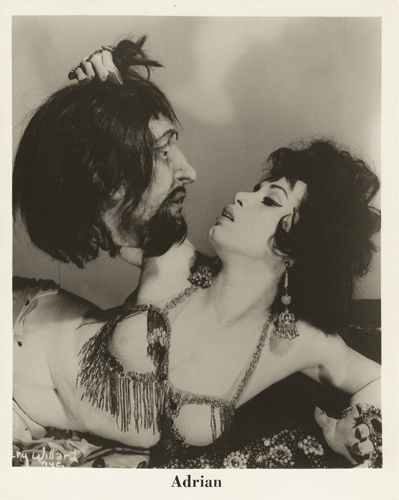

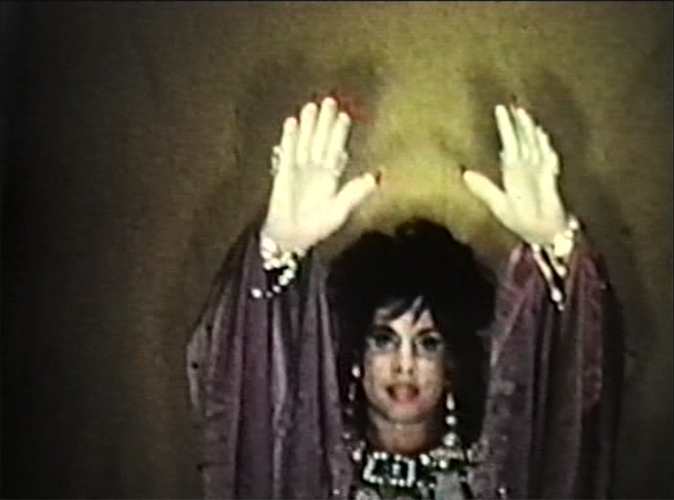
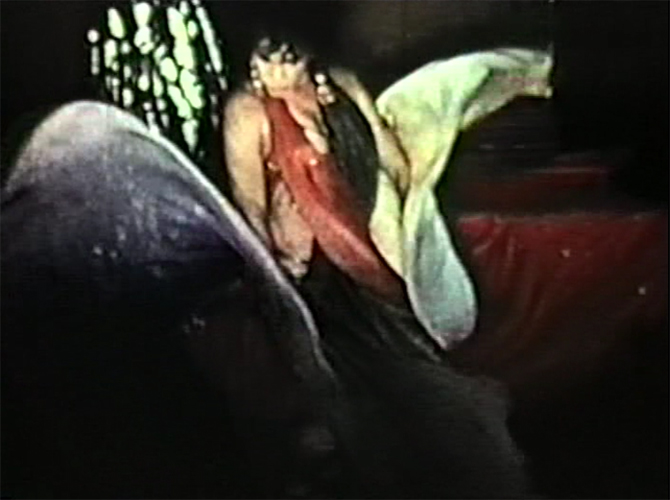
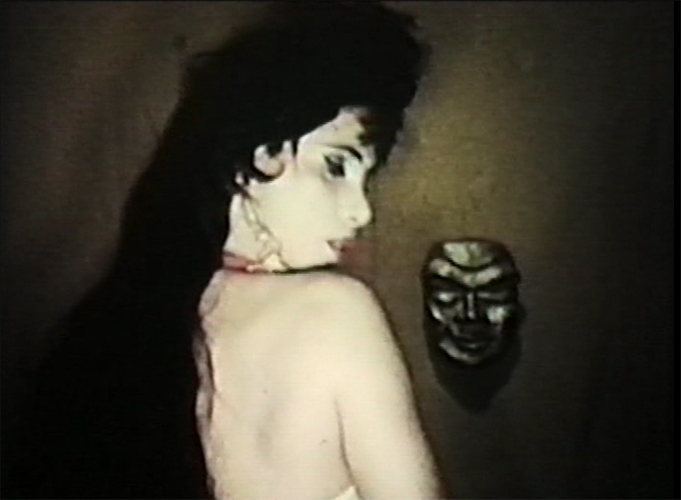
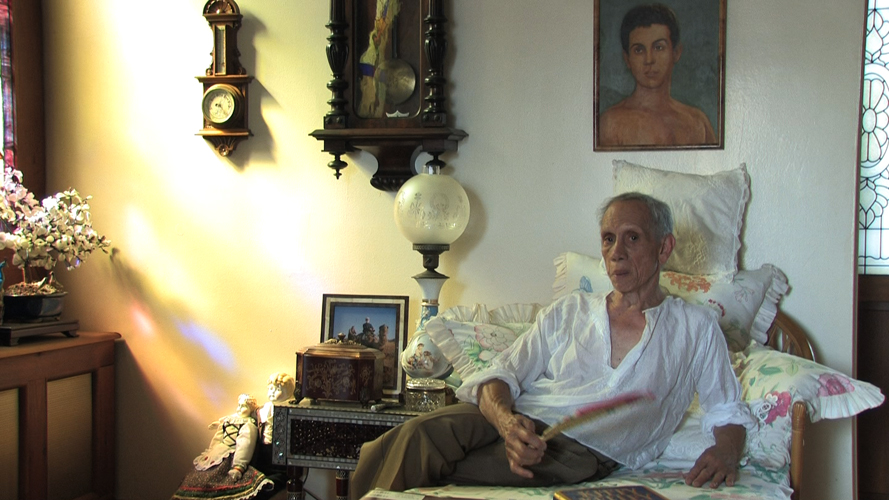

Facebook Comments